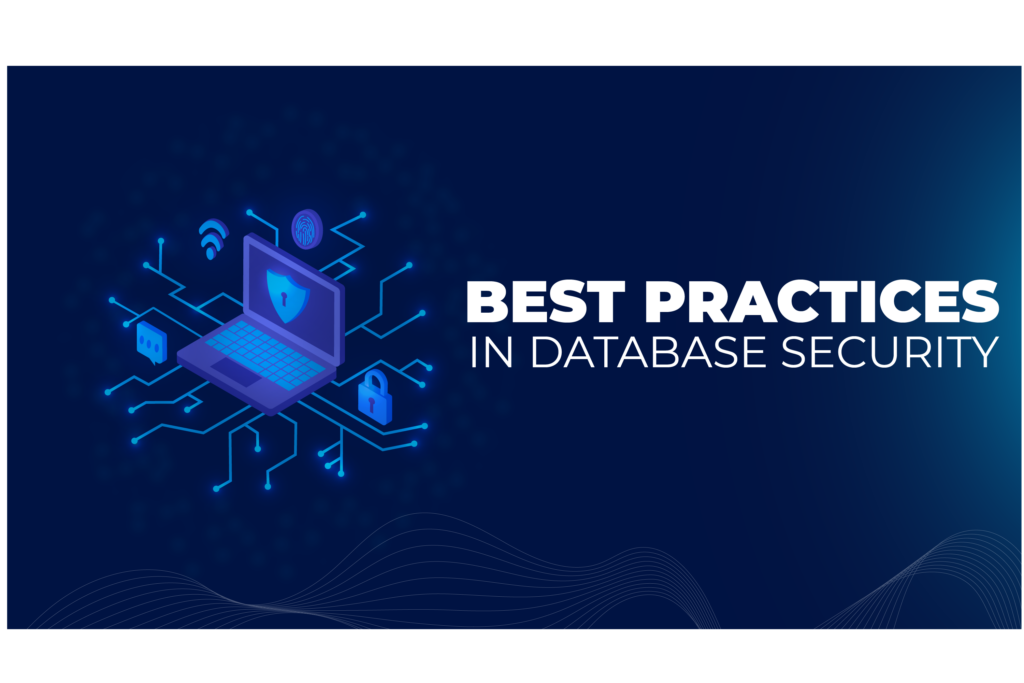

Data security is not a product you buy or a firewall you configure; it’s an ongoing discipline. The biggest strategic mistake technology teams make is treating security as a perimeter to be defended. The reality of cloud environments, DevOps automation, and insider threats is that the traditional perimeter no longer exists. The assumption that any actor inside your network is trustworthy is the zero-day vulnerability that precedes most data breaches.
A robust security strategy is not based on a single wall, but on multiple layers of defense, a concept known as “Defense in Depth.” If one layer fails, another must be ready to detect or contain the threat. This article presents a practical framework, divided into three essential pillars—Prevention, Detection, and Response—designed to help DBAs, SREs, and DevOps teams build a resilient and proactive security posture.
Pillar 1: Prevention (Fortifying the Core)
The goal of this layer is to reduce the attack surface and make exploiting vulnerabilities as difficult as possible for an attacker.
1.1. Access Management and the Principle of Least Privilege (PoLP)
This is the foundation of all data security. PoLP dictates that any user, service, or application should only have the permissions strictly necessary to perform its legitimate functions, and nothing more.
Practical Action: Implement Role-Based Access Control (RBAC). Instead of granting permissions directly to users, create roles (finance_app_read, orders_etl_write) and assign users to those roles. Regularly audit permissions, especially high-privilege ones (sysadmin, db_owner), and revoke unnecessary access or that of orphaned accounts (former employees, decommissioned applications).
1.2. Database Environment Hardening
This refers to the process of configuring the database system to be as secure as possible by default.
Practical Action: Disable features and modules that are not used by your application. Remove default logins and users that are not needed. If company policy allows, change the default listening ports to avoid detection by automated scanners. Ensure that the database and the underlying operating system always have the latest security patches applied to mitigate known vulnerabilities (CVEs).
1.3. Encryption in Transit and at Rest
Encryption protects data even if other security layers fail.
- At Rest: Utilizes technologies like Transparent Data Encryption (TDE) in SQL Server or the native encryption of cloud providers to protect the physical database files on the disk. If an attacker manages to steal a backup or a physical disk, the data will be unreadable.
- In Transit: Ensures that all communication between the application and the database is encrypted using TLS/SSL. This prevents an attacker who manages to “sniff” network traffic (man-in-the-middle attacks) from reading the exchanged data.

Pillar 2: Detection (The Security Visibility that Reveals Threats)
This layer assumes that prevention can fail. Its goal is to identify suspicious or malicious activities as quickly as possible to minimize damage.
2.1. Continuous Access Auditing and Monitoring
Effective detection is impossible without visibility. You need to be able to answer the question, “Who is accessing my sensitive data right now?”.
Practical Action: Implementing a database observability platform like dbsnOOp is crucial here. Instead of relying on native audit logs, which are reactive and difficult to analyze, dbsnOOp monitors every query in real time. It builds a baseline of normal access behavior—which users access which tables, from which IPs, at what times. When a deviation occurs (a user accessing a table for the first time, a service account connecting from an unknown country), an intelligent alert is generated instantly. This transforms detection from a forensic analysis into a real-time incident response.
Pillar 3: Response and Resilience (Planning for Failure)
This layer defines how your organization will react to a security incident and how it will ensure business continuity.
3.1. Secure Backups and Regular Restoration Tests
An untested backup is just a hope. Resilience depends on a backup and recovery strategy that is validated and secure.
Practical Action: Automate restoration tests in a staging environment to ensure the integrity of your backups. Store copies of backups in a secure and isolated off-site location, preferably in an immutable format, to protect them against ransomware attacks that attempt to encrypt both production data and its backups.
3.2. Incident Response Plan (IRP)
Technology alone does not resolve an incident; people and processes do. An IRP is a living document that details the steps to be followed when a security incident is detected.
Practical Action: Clearly define roles and responsibilities. Who is the first to be contacted when a dbsnOOp alert is triggered? What are the steps to contain the threat (e.g., revoking a credential, isolating a server)? How will communication with stakeholders (legal, management, customers) be conducted? Practice this plan through simulations to ensure the team can execute it effectively under pressure.
Data security is not a checklist to be completed, but a continuous cycle of strengthening, monitoring, and preparation. By implementing this defense-in-depth framework, your organization can transition from a reactive security posture to one that is proactive, resilient, and aligned with the challenges of modern technology environments.
Build a layered defense, not a single wall. Schedule a meeting with our specialist to discuss how observability fits into your security strategy.
Schedule a demo here.
Learn more about dbsnOOp!
Learn about database monitoring with advanced tools here.
Visit our YouTube channel to learn about the platform and watch tutorials.

Recommended Reading
- dbsnOOp: The Monitoring and Observability Platform with an Autonomous DBA: The foundation of the “Detection” pillar. This article explains how the continuous visibility provided by the platform is essential for a proactive security strategy.
- Cloud Monitoring and Observability: The Essential Guide for Your Database: Security in the cloud has unique challenges. This article details how to maintain control and visibility in dynamic AWS, Azure, and GCP environments, a crucial complement to best practices.
- The Difference Between Log Monitoring and Real-Time Monitoring: This article delves into the difference between reactive forensic analysis of logs and real-time monitoring, which is the only effective approach for detecting ongoing threats.

